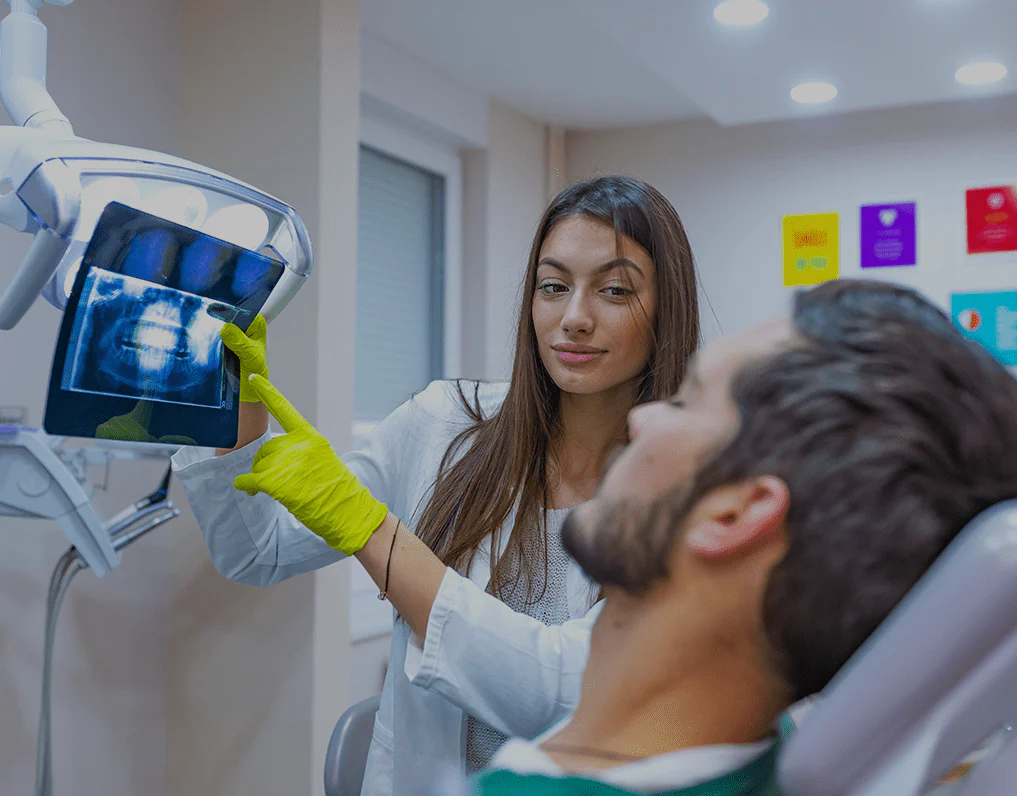Upgrading from a Honda to an Audi always feels good, right? This is precisely the case with technology in California right now. Artificial Intelligence is the Audi from which all the Hondas are getting upgraded. No matter what the field is, artificial intelligence is finding a way to upgrade it. The field of dentistry has also seen significant upgrades with the help of artificial intelligence.
Artificial intelligence is helping dentists and radiologists diagnose health problems efficiently and more accurately than ever before. This has helped patients get better care with more fruitful results. In the field of dental radiology, artificial intelligence can help a family dentist in Monterey Park analyze the X-rays and develop plans to mitigate any potential issues. Integrating AI is a smart choice and can help dentists provide a more professional service with better results than before.
When Did Artificial Intelligence Enter the Dental Field?
Artificial intelligence has been incorporated into dentistry for a long time. When one of the earliest AI systems for blood infection diagnosis was created in the 1970s, the idea of artificial intelligence was initially introduced.
Medical image analysis quickly began to use machine learning methods. Deep learning approaches then began to transform the interpretation of medical imaging and to produce more accurate outcomes.
Which Particular Use Of AI Is There In Dentistry?
-
Making an Assessment of Periodontal Disease
Machine learning algorithms are able to quantify the amount of bone surrounding teeth. They can also identify any changes in height and bone density, and the sophisticated algorithm can be trained to follow the course of bone loss over time.
-
Early Caries Diagnosis
To find any alterations in the teeth, DL algorithms examine X-ray pictures. It may be difficult for the human eye to identify early-stage caries, but they can readily identify it. The data set, including thousands of X-rays, is used to train machine learning algorithms to identify patterns that may point to deterioration.
-
Determines the Underlying Dental Anomalies
Multiple dental abnormalities are recognized by artificial intelligence algorithms that have been trained. They can quickly discover problems like impacted teeth or anomalies in the roots by comparing the current X-ray with the database of all previously recognized diseases.
Because of this, artificial intelligence and dentistry together have the potential to revolutionize the detection of even the smallest abnormalities, which humans often miss.
CNN And Deep Learning Techniques
Dental image analysis is increasingly using machine learning techniques, which helps to concentrate on tooth segmentation and detection. Dental imaging problems are among the many applications of deep learning algorithms. In dentistry, the application of convolutional neural networks improves bone loss monitoring and detection.
What Exactly Happens On The Backend?
Artificial intelligence utilizes a number of complex processes to imitate human diagnostic abilities while attempting to read a digital dental X-ray. All of this is now controlled by a machine learning algorithm on the back end, which classifies the image using pattern recognition methods. In order to identify and categorize a picture, machine learning algorithms in image analysis utilize a variety of strategies.
Random Forest Learning Approaches
A particular kind of symbol called a random forest employs a technique that mixes several decision trees to provide the best possible result. When segmenting dental X-ray images amongst various structures, this capability is quite useful.
Together, these and the other algorithms do a thorough analysis of dental X-rays to produce more accurate results. After analyzing the picture, the artificial intelligence system will pinpoint relevant information. In order to offer information about any possible threat, the artificial intelligence system will evaluate the image and compare it to the train data set.




